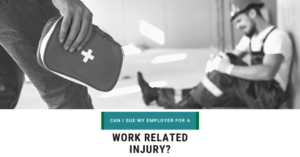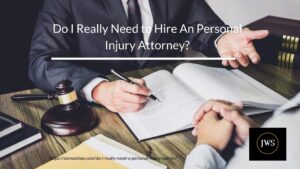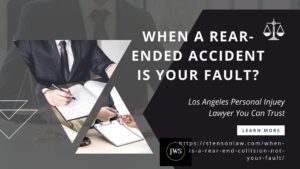Last updated on April 4th, 2024 at 01:21 am
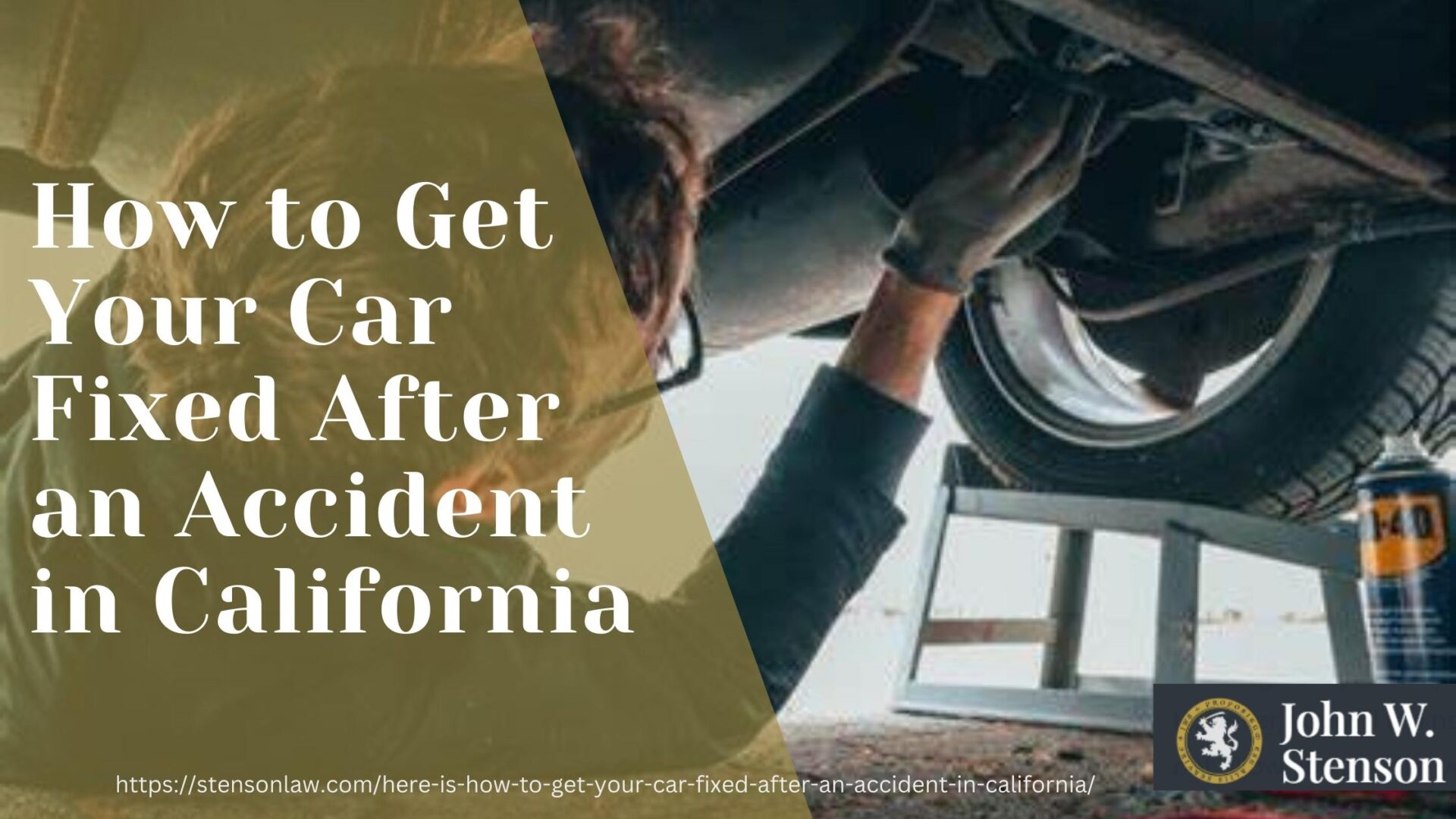
Being involved in a car accident can be a confusing and frightening situation. In addition to whatever injuries you may have received, handling a damaged car presents additional challenges.
According to the California Highway Patrol’s Statewide Integrated Traffic Records System (SWITRS) 2017-Report, there were 277,160 injuries and 3,904 fatalities from auto accidents in 2017.
Following a traumatic car accident, many people find it challenging to manage the automobile repair procedure. This article will take you through the California car repair or replacement process following an accident. It will explain how to file an insurance claim, comprehend Totaled car payouts, and handle situations when your loan isn’t covered.
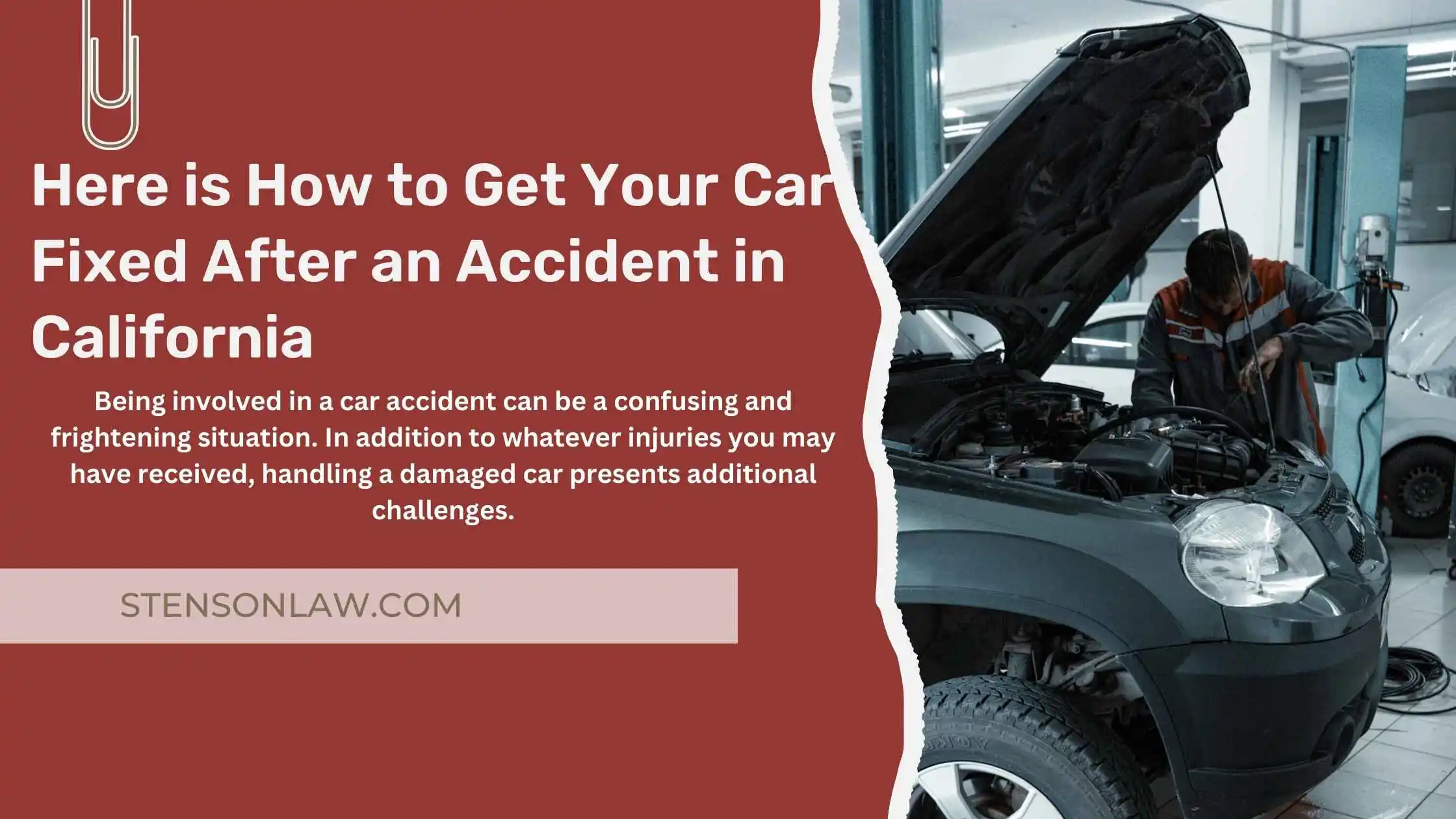
What steps should you take to fix your car if it was in an accident?
Any auto accident involving a vehicle that results in more than $1,000 in property damage and injuries requires you to file an SR-1 form with the DMV.
The process of submitting a property damage insurance claim in California consists of the following comprehensive steps:
Accident Report
Call the police immediately to report the collision if your vehicle sustains significant damage or you sustain injuries. For your insurance claim, the police report will be vital evidence. When the other driver is uncooperative or appears intoxicated, summon the police immediately, even if the damage is minor.
Get in Touch with Your Insurance Provider
Notify your insurance company as soon as possible following the altercation. Typically, registering a report via the Internet or by phone is the approach they take to facilitate your claim. Date, time, location, and individuals involved should be among the information you can provide regarding the accident.
Collect Documents
They will likely guide you on what documentation to gather during your conversation with your insurance provider. Generally, this consists of:
- A copy of the police report. (Where applicable).
- Wide-angle and close-up photographs of the devastation illustrate its overall extent and close-up and detailed close-ups.
- Obtain the names and contact information of any witnesses whose statements you have obtained.
- An exact reproduction of your insurance policy’s declarations page specifies the extent of your coverage.
- Vehicle registration, for instance, serves as evidence of ownership.
Documentation of recent vehicle restorations (useful for determining the vehicle’s value before the accident).
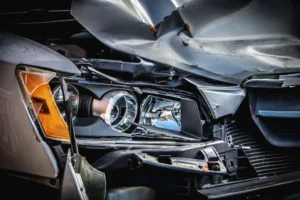
Make an Inspection Appointment
Most likely, an adjuster will be dispatched by the insurance company to appraise the cost of repairs and examine the damage. Participation in this inspection is permitted in your presence. Acquire clarification by asking inquiries and documenting the adjuster’s observations. Additionally, any inconsistencies in the adjuster’s evaluation should be documented.
Review the Repair Estimate
The adjuster will provide an estimate for repairs following the inspection. Be sure to verify the veracity of this document. Ensure that every repair required to restore your vehicle to its pre-accident state is accounted for in the estimate. Feel free to inquire about any line items that you do not comprehend.
Independent Estimates Might Be Valuable
A few qualified collision repair firms in your area may be willing to provide you with repair estimates, although doing so is not required. If your insurer’s initial offer seems inadequate, having these independent estimates can assist you in negotiating a more favorable settlement.
Select a Service Center
Speak with a reputable collision repair shop once you have finalized your repair strategy. Obtain licenses from shops that, ideally, collaborate directly with your insurance company and have positive online evaluations. Thus, the payment procedure can be simplified.
Secure Written Consent (if required by your insurance company)
Verify with your insurance company whether written authorization for the selected repair shop and estimated costs is necessary before beginning any repairs. Doing so guarantees that your insurance company will cover the agreed-upon repairs.
Observe Payments and Repairs
Constantly communicate with your insurance company and the repair establishment regarding the status of the repair. Once the repairs are fulfilled, insurance companies are generally billed directly by the repair shop, by the approved estimate. Nevertheless, it is prudent to follow up with both parties to ensure that everything remains on course.
Additional: Analyze Final Repairs
Examine your vehicle thoroughly after the repairs are completed to ensure everything was repaired as estimated. Please promptly notify the repair establishment of any issues that you may observe.
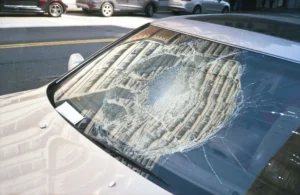
What Happens If My Claim Doesn’t Cover My Loan Payment?
Sadly, if you still owe money on the car, the ACV payout from your insurance provider might not completely pay off your outstanding loan sum. We refer to this state of affairs as being “upside down” on your debt. Here are a few choices:
- Gap Insurance: Should you own gap insurance, it can fill the difference between the amount owed on your loan and the amount your insurance company pays in ACV.
- Negotiate with Lender: You may be able to lower the outstanding loan amount by attempting to negotiate a settlement with your lender.
- Payment Out of Pocket: If none of the above choices work for you, you may have to pay the remaining loan balance yourself.
Which insurance provider should I contact to file a claim?
Based on the defect, there are two primary scenarios:
- At-Fault: Generally, if an accident is attributed to your negligence, you initiate the claims process with your insurance provider, utilizing your collision coverage (if applicable) to reimburse for the necessary repairs.
- Not-At-Fault: You may file a claim with the other driver’s insurance company to recover the costs of repairs if they were at fault for the collision. A term for this is “third-party claim.”
Run-and-Hit Accidents
You must promptly notify the police if you are a victim of a hit-and-run circumstance. The ability to submit a claim under your uninsured motorist (UM) coverage may vary depending on your insurance policy.
Receiving Compensation for Your Injuries in a Car Accident
Even though most of this article focuses on getting your car fixed or replaced, it’s crucial to remember that personal injuries can also come from auto accidents. You could be entitled to reimbursement for medical expenses, missed income, pain and suffering, and other damages if you were hurt in the collision.
Stenson Law is Available to Aid
Our Los Angeles personal injury attorneys at Stenson Law are aware of the financial, psychological, and physical toll that auto accidents may take. Our goal is to assist California accident victims in getting the full compensation they are entitled to.
Concentrate on Healing; We’ll Take Care of the Rest
A car accident has the potential to change your life. Allow Stenson Law to relieve you of the pressure of handling the legal intricacies. We’ll guide you through the insurance claim procedure, fight for the money you’re due, and free you up to concentrate on getting well and moving on with your life.
Contact Stenson Law Today
Do not hesitate to contact Stenson Law for a free consultation if you were hurt in a car accident in California. We will examine your case and go over your available legal choices.


